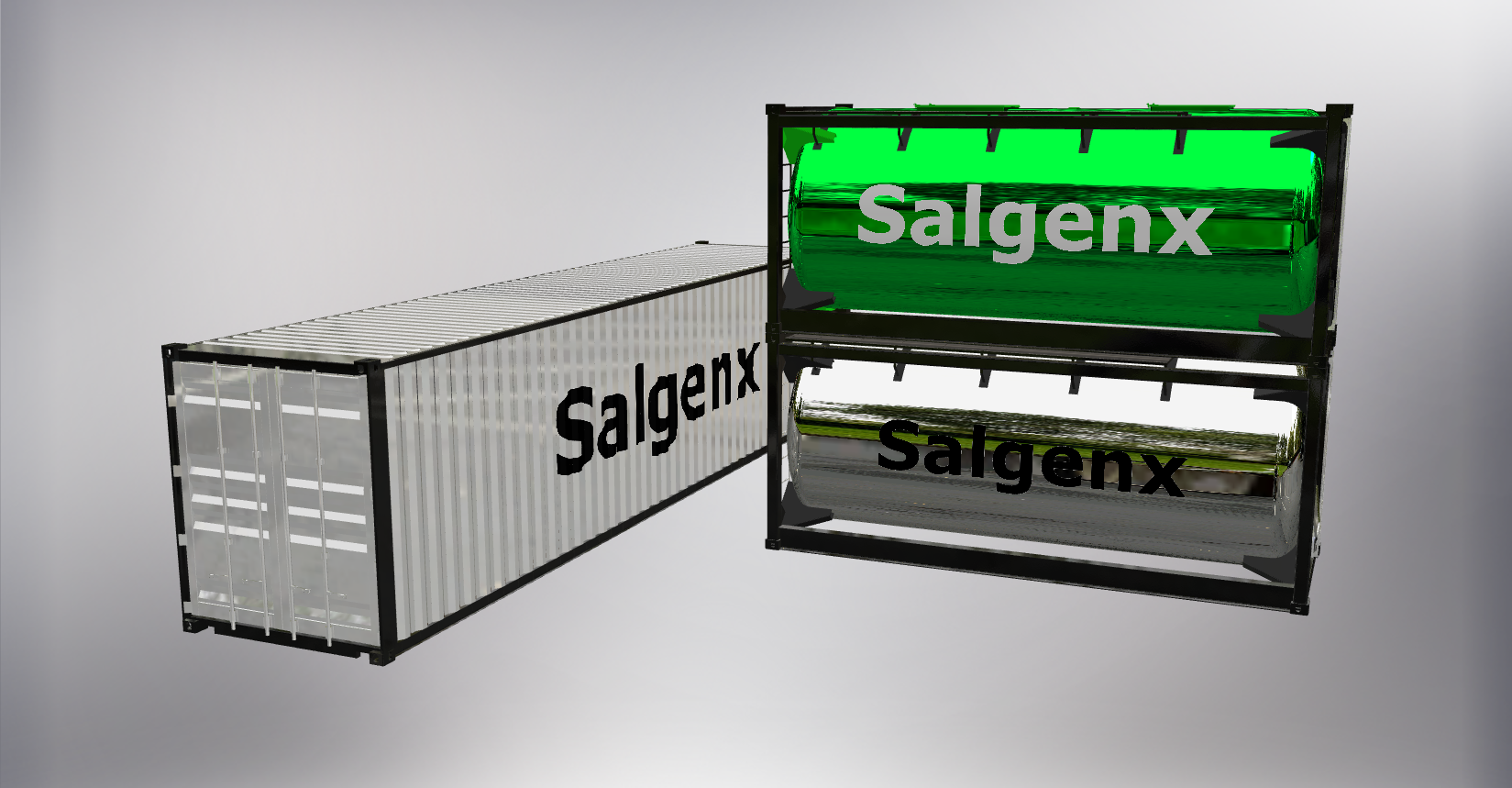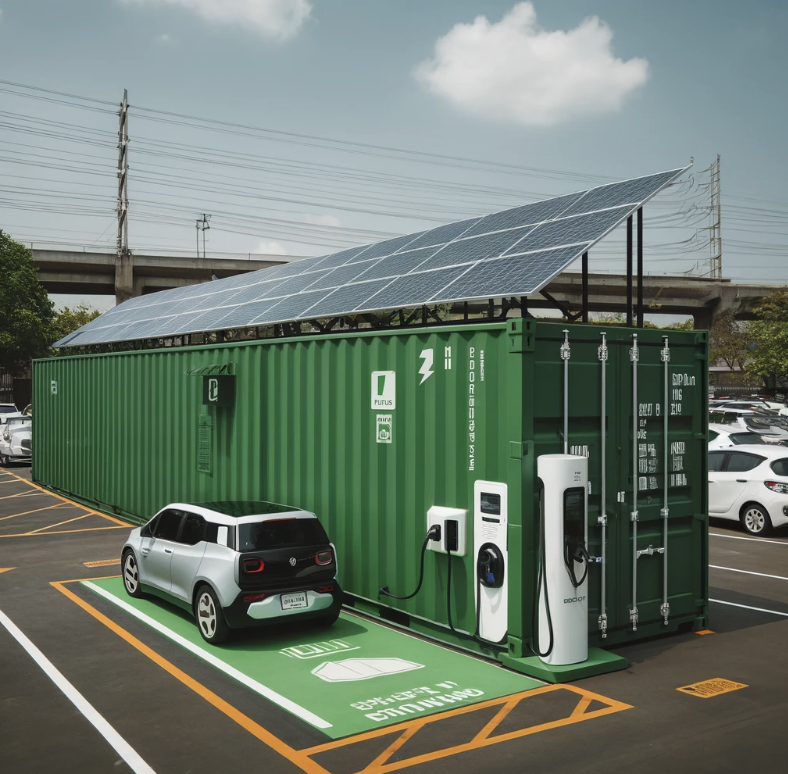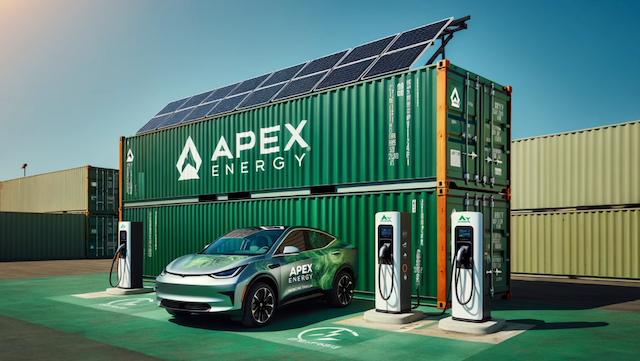
Saltwater Flow Grid Scale Battery Applications
Salgenx LLC • Sales • Licensing • Consulting TEL: 1-608-238-6001 Email: greg@salgenx.com
Zinc Based Electrodes for Chlorine Flow Battery Offer Higher Voltage and Better Energy Density Offering ultra-low cost build and up to 40,000 cycles at 93 percent efficiency... Zinc is available in rolls at Home Depot
Zinc-powered, saltwater-driven — the affordable flow battery redefining grid storage. Low-cost zinc electrodes meet limitless saltwater energy.
A breakthrough in sustainable storage — turbine battery system By directly coupling supercritical CO₂ turbine generators with zinc-based saltwater battery cells, electrical, thermal, and hydraulic energy streams can be unified into a single high-utilization system—scalable from low-grade data center waste heat to high-efficiency natural gas–fired combined cycles. More Info
No lithium, no fire risk, no compromise — just sustainable power. Turning saltwater into savings — one zinc electrode at a time.
The lithium alternative the world’s been waiting for. Zinc is the new gold in battery innovation.
$35 Tax Credit per kWh Until 2030 Reliable. Recyclable. Remarkably affordable. That’s zinc-based energy.
IT1000 Portable Power for Data Centers 1 MW Clean Power using Natural Gas, Solar Thermal, or Waste Heat
|
|
|
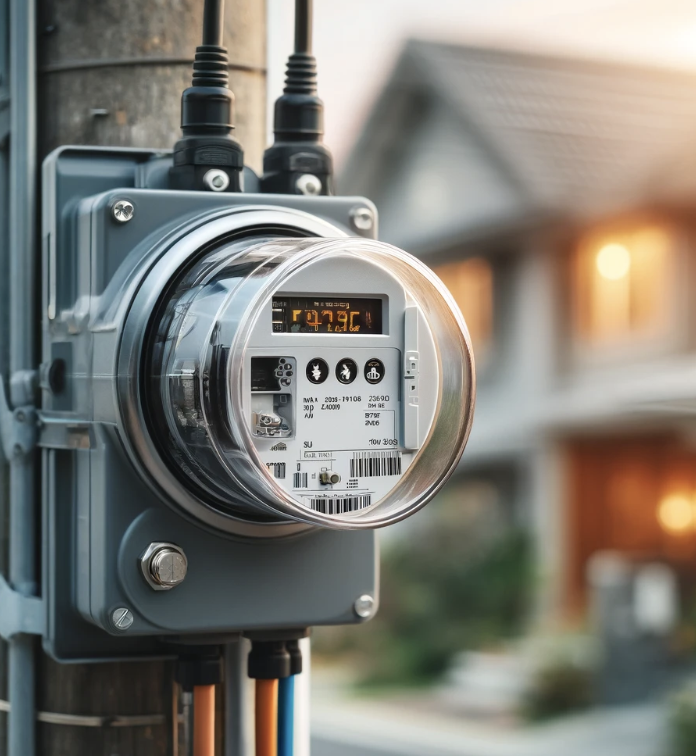
|
Demand Support or Grid Arbitrage
Charge during off-peak periods and use during on-peak demand to support distribution infrastructure. This includes the optional thermal storage capacity which allows you to use high COP (coefficient of performance) heat pumps to make hot or cold water.
|
|
|
|
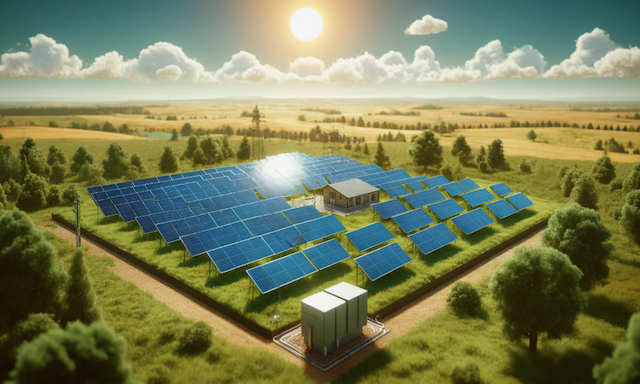
|
Microgrid
For remote or localized grid which allows power supply without the grid.
|
|
|
|
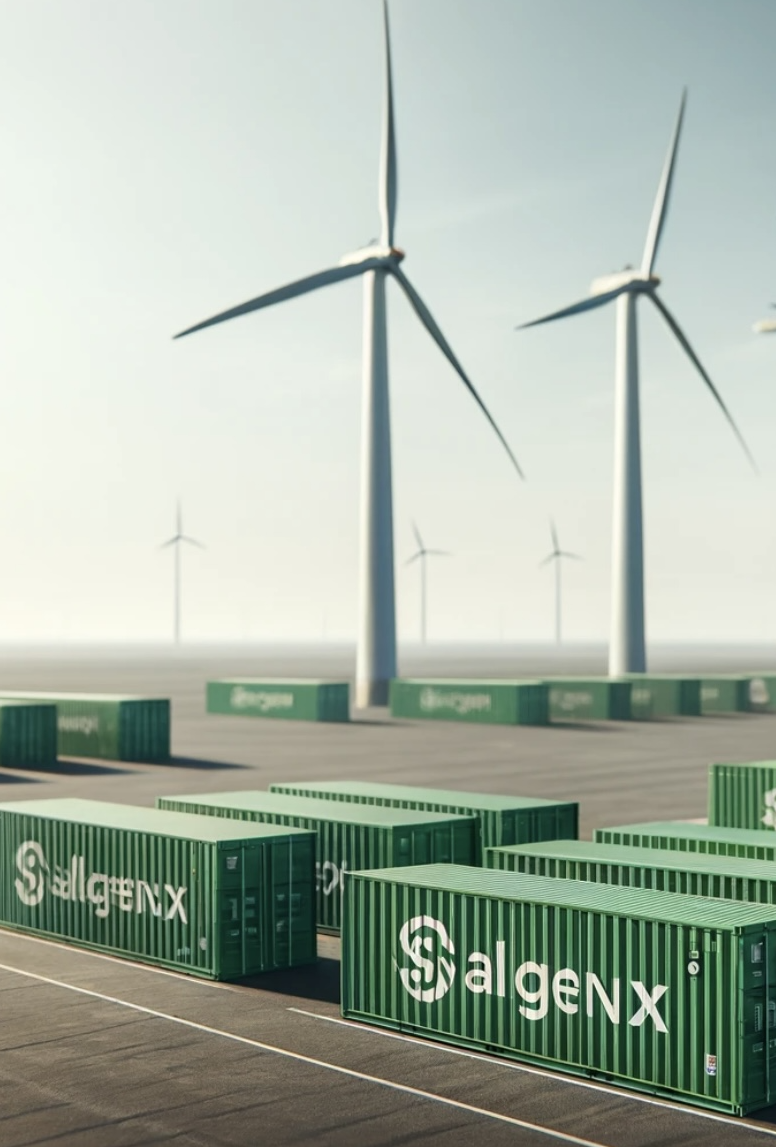
|
Wind and Solar Renewable Smoothing
Wind turbines and solar PV need flow balancing to the grid by storing production and discharging energy when needed.
|
|
|
|
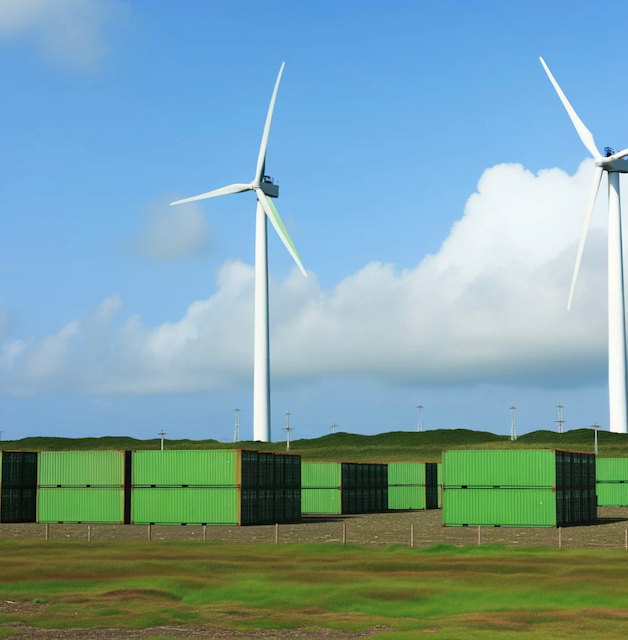
|
Market Penetration
Response to system operator alerts by providing energy support in grid systems.
|
|
|
|
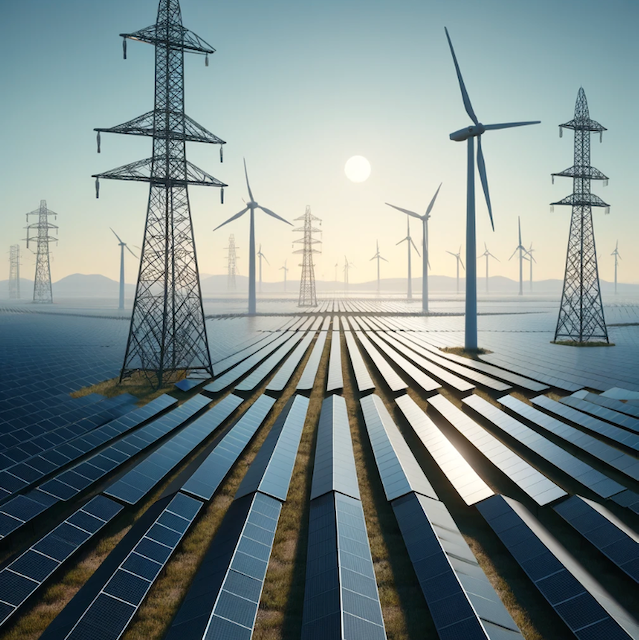
|
Infrastructure Investment
Storing power in a single location is more affordable than expensive grid infrastructure upgrades. May also use for high energy demand peaks.
|
|
|
|
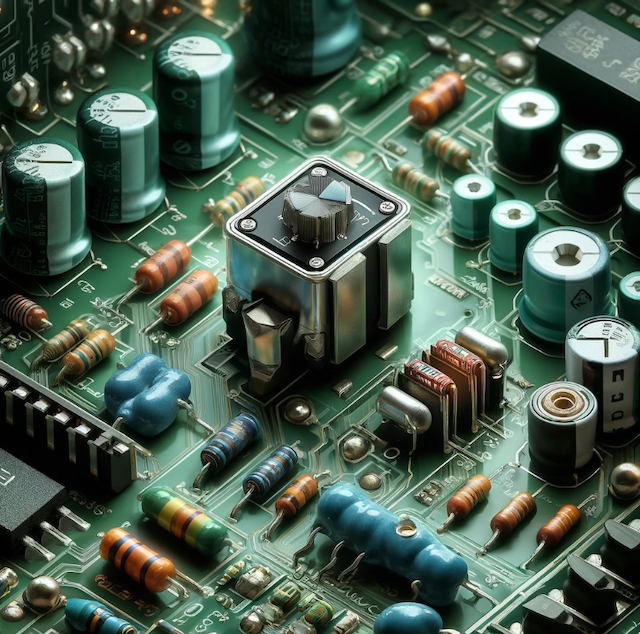
|
Voltage and Frequency Regulation
Absorb reactive power and adjust output resulting in stabilizing voltage levels.
|
|
|
|

|
Cogeneration
Use waste heat to thermally store in saltwater for use at a later time. This use of simultaneous power and thermal allow for cogeneration of energy which substantially reduces investment payback.
|
|
|
|

|
Producer Water Conditioning for Oil and Gas Industry
The technology of the salt water flow battery will allow oil and gas wells to use their well as a battery, while simultaneously perform water conditioning. Imagine pumping oil and gas, while simultaneously storing power in the same well to power pumps. The concept of stranded oil and gas will now morp into any well becoming a battery or recharging station. Adding a Organic Rankine Cycle generator to utilizing well geothermal heat to make power allows complete separation from the grid, or IC engine generators, which need constant maintenance.
|
|
|
|

With every 20 to 50 AI queries, approximately half a liter of fresh water is lost in the form of steam emissions
|
The Hidden Cost of AI: How Every Query Contributes to Water Scarcity
Note: The Cavgenx system is designed to be integrated into the Salgenx battery, which can be used as a heat sink for AI data center cooling and battery backup.In our digitally-driven world, artificial intelligence (AI) has become an integral part of our daily lives, from voice assistants and recommendation algorithms to chatbots and language models. We often use AI systems without realizing the environmental impact they may have. A recent study conducted by the University of California, Riverside, sheds light on a concerning aspect of AI technology: its hidden water footprint. Each time you run a ChatGPT artificial intelligence query, you unknowingly contribute to the depletion of our already overstressed freshwater resources.The Water Footprint of AIThe research from the University of California, Riverside, has revealed a startling fact: running AI queries that rely on cloud computations in data processing centers consumes significant amounts of freshwater resources. With every 20 to 50 queries, approximately half a liter (around 17 ounces) of fresh water is lost in the form of steam emissions. This might not seem like much on an individual basis, but the cumulative impact of billions of AI queries worldwide is a cause for concern...
Keep Reading… AI programs consume large volumes of scarce water
UCR study finds that keeping servers powered and cool at cloud data processing centers has high water costs Making AI Less Thirsty: Uncovering and Addressing the Secret Water Footprint of AI Models PDF Download Study
|
|
|
|
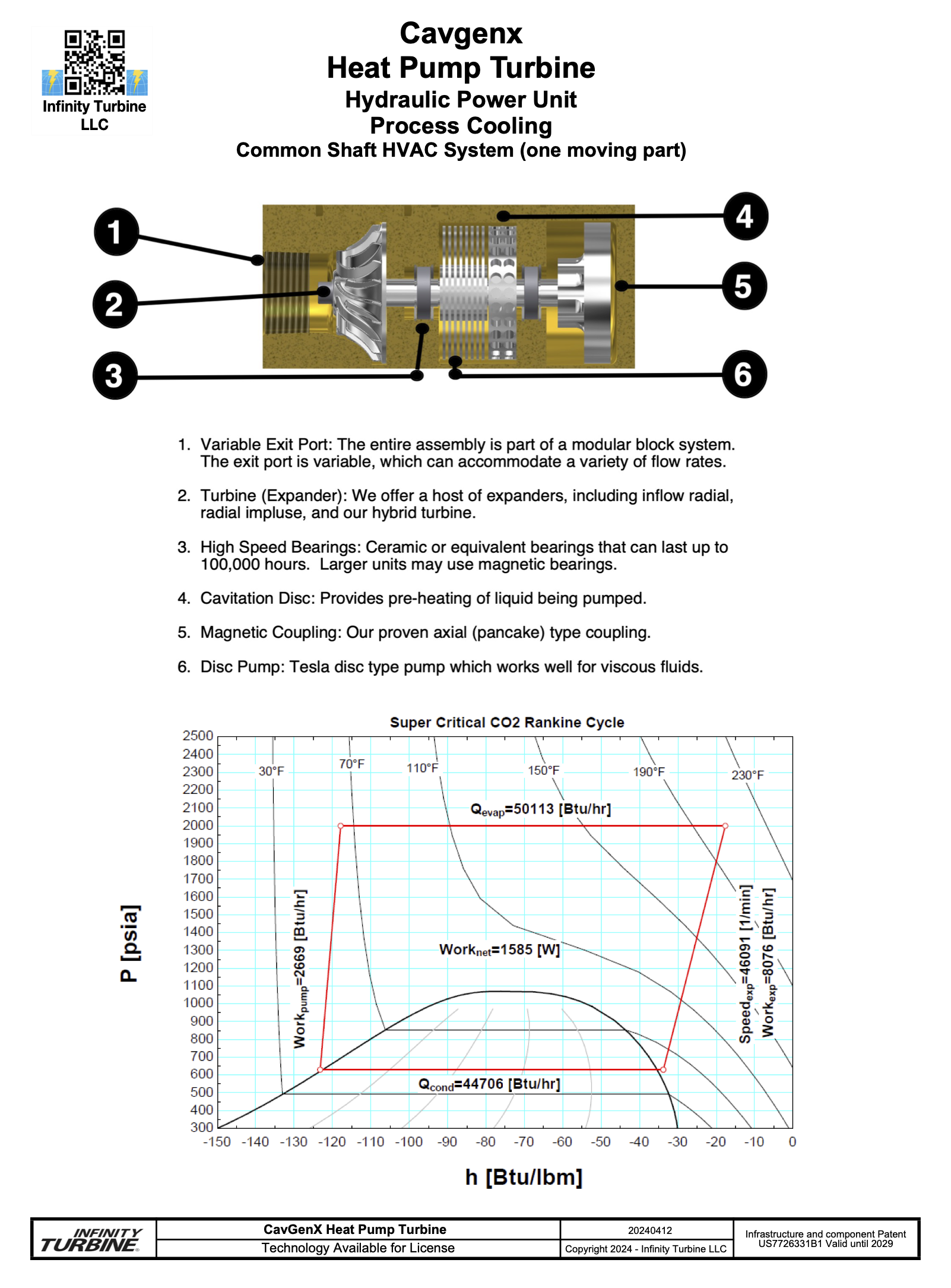
Cavgenx Heat Pump Turbine
|
Cavgenx Heat Pump Turbine
The heat pump turbine is a product which has been in development for some time. It is a hybrid between the Brayton Cycle and Organic Rankine Cycle.This amazing device can also be used simultaneously as a heat pump, which only leverages its use in range extending for electric cars.The unique part of this turbine is that it can be closed-loop using CO2 as the working fluid taking advantage of sonochemistry (cavitation). Most refrigerants can be used as the working fluid for the Cavgenx heat pump turbine. The benefit is the ability to perform work using hydraulics and simultaneous cooling of the refrigerant.Ideal for industries leveraging both hydraulic and refrigeration systems, this approach promises enhanced efficiency and compact design.
Keep Reading…
|
|
|
|

|
Revolutionizing Agriculture: The Salgenx Food Production Scale Battery System
The vegetable production module process is designed to optimize the cultivation of various vegetables using advanced vertical fogponics systems within the controlled environment of hi-cube shipping containers. This innovative approach leverages the precision and efficiency of fogponics, a method that uses nutrient-rich fog to hydrate and feed plants, ensuring optimal growth conditions without the use of soil. The integration of solar photovoltaic (PV) power for lighting and fog generation makes the process sustainable and energy-efficient.Each module, encapsulated in a hi-cube shipping container, is meticulously configured to maximize space utilization and light distribution, ensuring that crops such as tomatoes, leafy greens, peppers, and microgreens thrive. The system's design facilitates year-round production, irrespective of external climate conditions, by maintaining ideal temperature, humidity, and light levels. The process begins with the selection of crops based on their profitability, energy requirements, and compatibility with the fogponics system. Containers are then outfitted with LED lighting, fogponic irrigation systems, and solar PV panels to create a self-sustaining environment. Crop production is closely monitored and managed, focusing on optimizing yield and ensuring high-quality produce.Finally, the Salgenx saltwater battery provides PV energy storage to power the LED lighting and pumps, while simultaneously desalinating seawater during charging.The vegetable production module process represents a fusion of agricultural innovation and environmental stewardship, offering a scalable solution for urban farming and the production of fresh, locally sourced vegetables.
Grid Scale Food Production Using Shipping Containers and the Salgenx Saltwater Battery
|
|
|
|

|
Military Applications of Flow Batteries
There are several potential military applications for flow batteries, including:Portable power: Flow batteries can be used to provide portable power for military equipment, such as communication systems, navigation systems, and sensor systems, in remote locations where access to traditional power sources is limited.Unmanned systems: Flow batteries can be used to power unmanned systems such as drones and robots, providing them with a long-duration energy source for extended missions.Base power: Flow batteries can be used to provide power for military bases, particularly in remote locations or in situations where the grid is unreliable.Backup power: Flow batteries can provide backup power for critical systems, such as command and control systems, in case of power outages or other disruptions.Field hospitals and medical equipment: Flow batteries can be used to power medical equipment in field hospitals, providing a reliable and long-duration energy source for critical care.Mobile power: Flow batteries can be used to power mobile systems such as vehicles, providing a durable and high-performance energy source for use in harsh environments.Electric vehicles: Flow batteries can be used to power electric vehicles, such as ground vehicles, watercraft, and aircraft, providing a reliable and long-duration energy source for use in the field.Remote sensing: Flow batteries can be used to power remote sensing equipment, such as cameras and radar systems, providing a reliable and long-duration energy source for use in remote locations.Communication systems: Flow batteries can be used to power communication systems, such as radios and satellite systems, providing a reliable and long-duration energy source for use in remote locations or situations where grid power is not available.
|
|
|
|
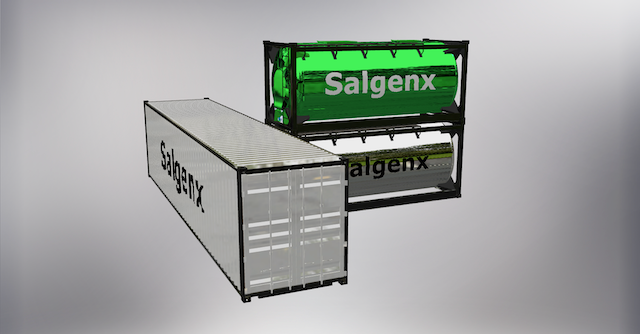
|
What is the market size for flow batteries ?
The potential market size for flow battery technology is difficult to estimate as it depends on a number of factors, such as the rate of technological advancement, the cost of the technology, and the adoption rate of renewable energy sources. However, it is expected to grow significantly in the coming years.The global flow battery market size was valued at $80 million in 2018 and is projected to reach $ 1.1 billion by 2026, growing at a CAGR of 38.6% from 2019 to 2026.The growth in the flow battery market can be attributed to increasing demand for energy storage systems, particularly for integration with renewable energy sources, and growing adoption of electric vehicles.Additionally, as grid-scale energy storage becomes increasingly important for balancing renewable energy sources, the market for flow batteries is expected to grow rapidly. Flow batteries have the advantage of long-duration energy storage, which makes them well-suited for this application.Also, the increasing investment in research and development for energy storage technologies, increasing demand for energy storage systems in the electric vehicle industry, and growing awareness about the benefits of energy storage systems are driving the growth of the flow battery market.However, the high cost of flow batteries compared to other energy storage technologies, such as lithium-ion batteries, and lack of standardization are expected to hinder the growth of the market.In summary, the flow battery technology market has a huge potential, however, it will depend on the rate of technological advancement, the cost of the technology, and the adoption rate of renewable energy sources.
|
|
|
|

|
What are the top 20 applications for flow batteries ?
Energy arbitrage: Storing energy when it is inexpensive and then discharging it when energy prices are high can help to reduce the cost of energy for businesses and consumers.Frequency regulation: Providing frequency regulation services to the grid can generate revenue from grid operators.Ancillary services: Providing a variety of ancillary services such as spinning reserve, voltage support, and black start capabilities can generate revenue from grid operators.Peak shaving: Reducing peak demand charges by storing energy during periods of low demand and then discharging it during periods of high demand can help to reduce the cost of energy for businesses and consumers.Renewable energy integration: Storing energy generated from renewable sources such as wind and solar can increase the penetration of renewable energy and reduce the use of fossil fuels.Microgrids: Grid-scale batteries can be used in microgrids to reduce the cost of energy for businesses and communities.Transmission and distribution deferral: Grid-scale batteries can be used to defer the need for transmission and distribution upgrades and reducing the cost of grid infrastructure.Wholesale market arbitrage: Participating in the wholesale energy market and buying energy when it is cheap and selling it when it is expensive can generate revenue.Capacity market: Participating in capacity market and providing capacity services can generate revenue.Back-up power: Providing backup power to critical infrastructure during power outages can generate revenue.Demand response: Participating in demand response programs and reducing energy consumption during peak demand periods can generate revenue.Grid stabilization: Helping to stabilize the grid during periods of high demand or supply fluctuations can generate revenue.Electric vehicle charging: Providing electric vehicle charging services can generate revenue.Distributed energy resources management: Managing distributed energy resources such as solar panels and wind turbines can generate revenue.Energy storage certificates: Selling energy storage certificates to utilities or other entities can generate revenue.Remote area power supply : Providing power to remote areas that are not connected to the main grid can generate revenue.Island power systems: Providing power to islands can generate revenue.Telecommunications power backup: Providing backup power to telecommunications systems can generate revenue.Water treatment: Using grid-scale batteries in water treatment plants can reduce energy costs and generate revenue.Mining: Using grid-scale batteries in mining operations can reduce energy costs and generate revenue.It's important to note that these are potential ways that grid-scale batteries can save or make money, and the specific opportunities will vary depending on the location, regulations, and the specific battery technology. It is also important to consider the cost of the battery and the life cycle cost of the battery before making a decision.
|

|

|

|

|

|
